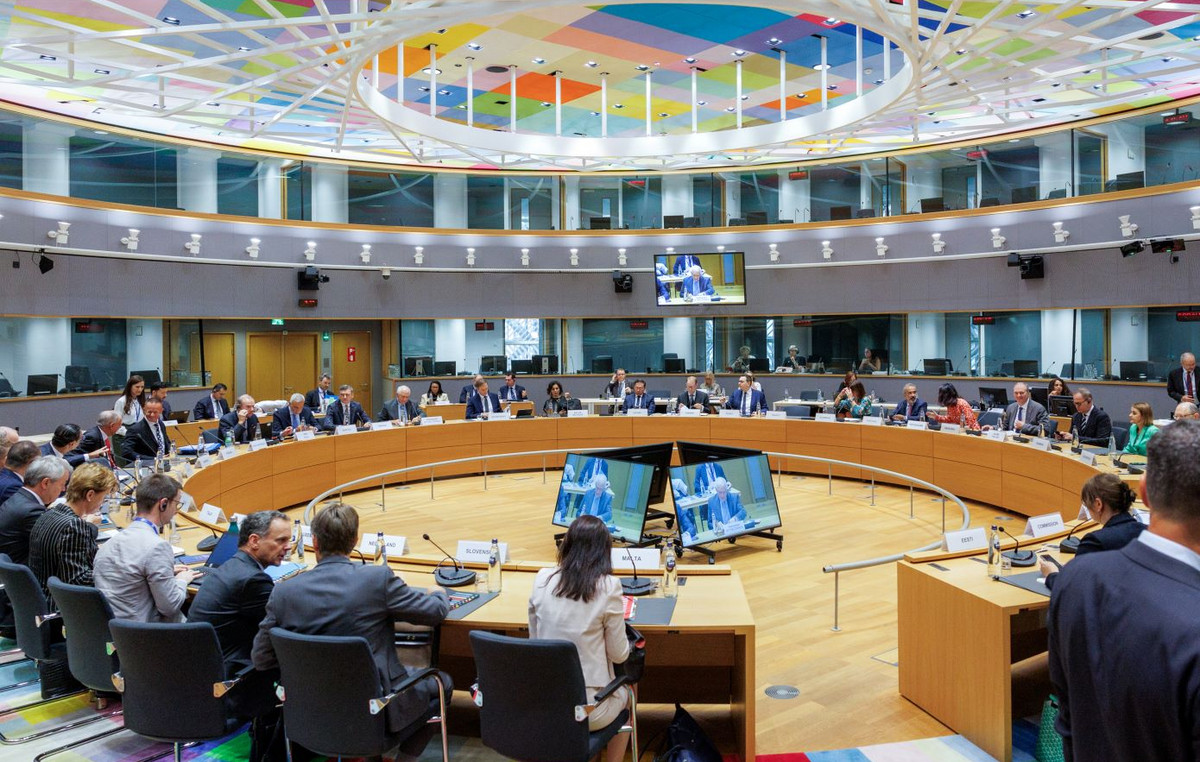Nearly 90 countries have joined an effort led by the United States and the European Union (EU) to reduce emissions of the potent greenhouse gas methane by 30% by 2030.
The pact aims to tackle one of the main causes of climate change, said a senior official in the government of Joe Biden.
The partnership will be formally launched this Tuesday (2). Methane is the main greenhouse gas after carbon dioxide.
It has a greater heat retention potential than CO2, but it decomposes in the atmosphere more quickly – meaning that reducing methane emissions can have a quick impact on controlling global warming.
O Global Methane Pledge, which was first announced in September, now includes half of the top 30 methane emitters, accounting for two-thirds of the global economy, according to the Biden government official.
Brazil is among the new signatories
Among the new signatories that will be announced this Tuesday (2) is Brazil – one of the five largest emitters of methane in the world.
China, Russia and India, which are also among the top five methane emitters, have not signed the pledge.
These countries were all included in a list identified as “targets” to adhere to the commitment.
Since it was first announced in September, the United States and the European Union have worked to get the world’s biggest methane emitters to join the partnership.
Sixty countries signed up in the last week
About 60 countries signed up just last week, after a final diplomatic push by the United States and the EU ahead of the COP26 summit.
Although not part of the formal UN negotiations, the pledge to reduce methane emissions can be ranked among the most significant outcomes of the COP26 conference, given its potential impact in containing disastrous climate change.
In May, a UN report said sharp cuts in methane emissions this decade could prevent nearly 0.3 degrees Celsius of global warming by 2040.
Failing to deal with methane, however, would defeat the Paris Agreement’s goal of limiting global temperature rise to 1.5 C above pre-industrial levels and avoiding the worst impacts of climate change.
The 30% cut in methane would be achieved jointly by the signatories and would cover all sectors. The main sources of methane emissions include infrastructure with oil and gas leaks, old coal mines, agriculture and landfills.
Impact on the energy sector
If fulfilled, the promise will likely have the biggest impact on the energy sector, as analysts say fixing leaky oil and gas infrastructure is the fastest and cheapest way to reduce methane emissions.
The United States is the world’s biggest oil and gas producer, while the EU is the biggest gas importer.
The US is expected to announce methane regulations for oil and gas this week. The EU and Canada plan to release methane legislation targeting the energy sector later this year.
Reporting by Kate Abnett, in Brussels, Valerie Volcovici, in Washington, and Ilze Filks, in Glasgow; edited by Matthew Lewis
Reference: CNN Brasil
I’m James Harper, a highly experienced and accomplished news writer for World Stock Market. I have been writing in the Politics section of the website for over five years, providing readers with up-to-date and insightful information about current events in politics. My work is widely read and respected by many industry professionals as well as laymen.







